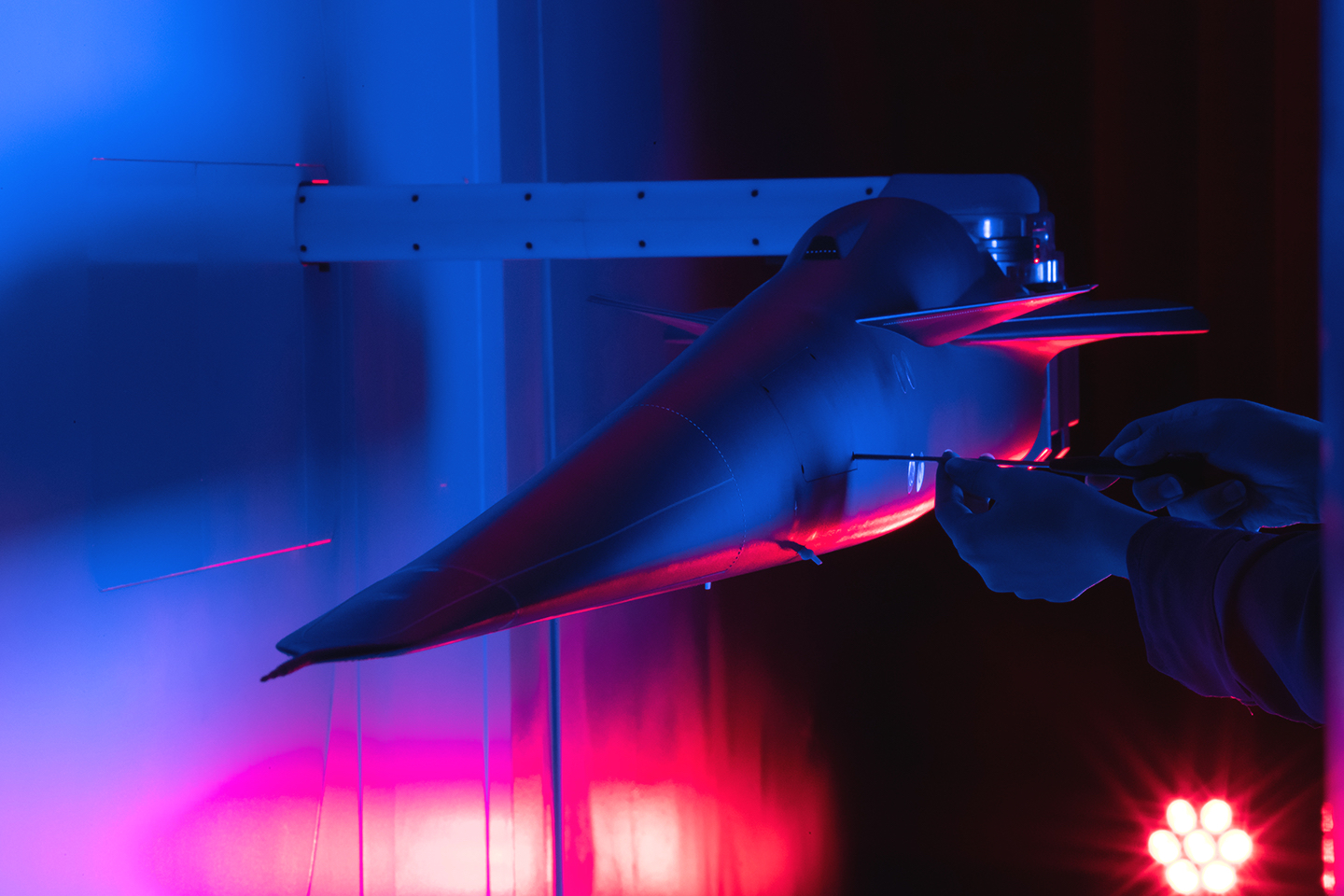NASA’s quiet supersonic X-59 aircraft continues to make progress on its way to first flight

- Country:
- United States
The first flight of NASA's quiet supersonic X-59 aircraft is planned for the end of 2022. Supersonic flight occurs when an aircraft travels faster than the speed of sound. The aircraft is designed to reduce the loudness of the sonic boom, which occurs when an aircraft flies faster than the speed of sound, to a gentle, quiet sonic thump.
Before the aircraft flies, it will undergo plenty of testing to ensure it can have a safe first flight. According to NASA, one part of this safety check is to analyze data collected for the X-59's flight control system through low-speed wind tunnel tests.
Recently, low-speed wind tunnel tests of a scale model of the X-59's forebody. The tests provided measurements of how wind flows around the aircraft nose and confirmed computer predictions made using computational fluid dynamics (CFD) software tools. The data will be fed into the aircraft flight control system and will allow the pilot to know the altitude, speed and angle at which the aircraft is flying in the sky, according to NASA.
"This flight data is obtained from many instruments on the aircraft including air data probes, GPS and engine instrumentation. These wind tunnel tests allow us to verify our CFD predictions, which let us know our flight control system is safe to fly," said Jeff Flamm, NASA's aerodynamics and performance lead on Quesst.
NASA plans to fly the X-59 over select U.S. communities to gather information about how the public perceives the quiet noise the X-59 is designed to produce (early 2024).
Anyone in the mood for supersonic flight?Our X-59 aircraft will reach the speed without the sound thanks to a unique shape that dampens a sonic boom to nothing more than a “thump”. Wind tunnel testing helps confirm that it’s ready to fly: https://t.co/wVQQwgjhgW pic.twitter.com/OwL4InCPnU
— NASA Ames (@NASAAmes) July 29, 2022










